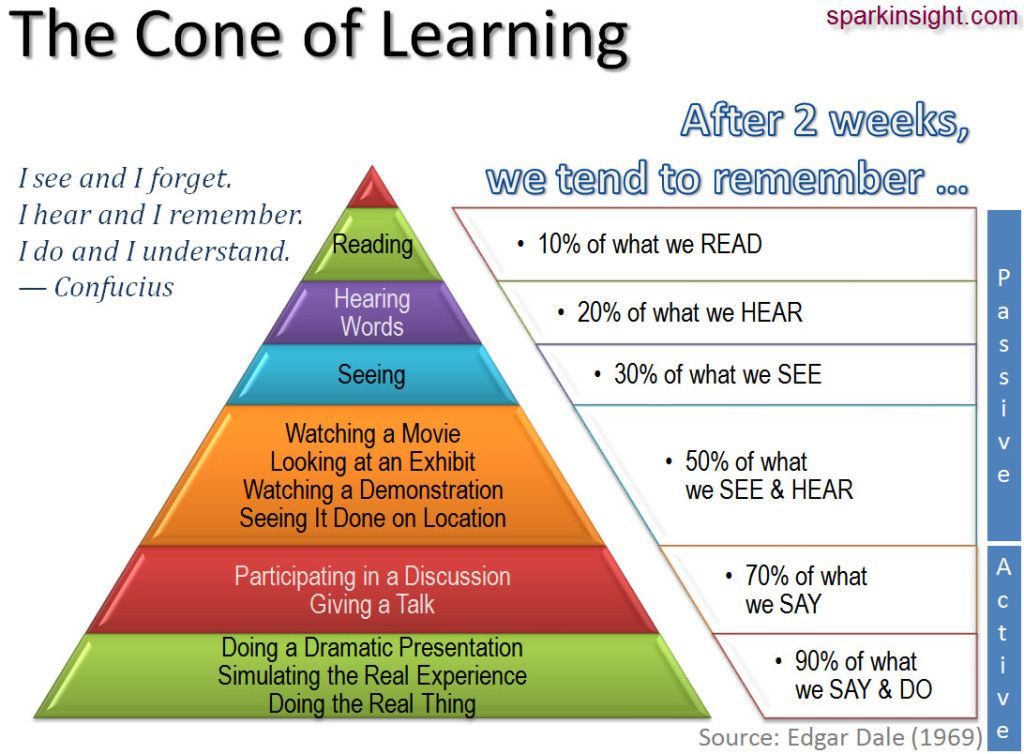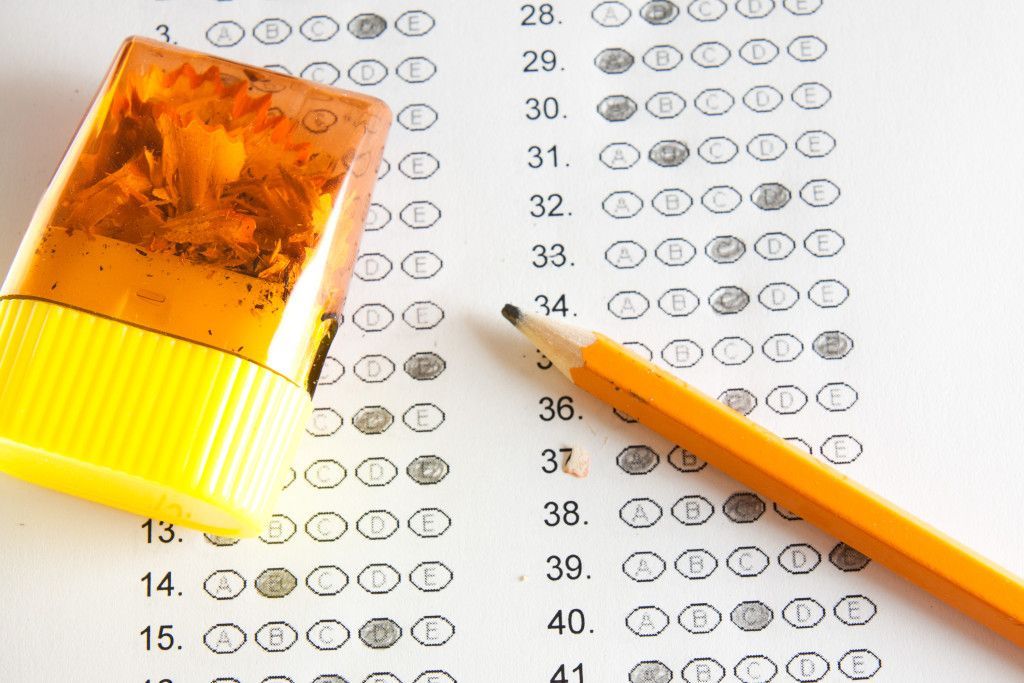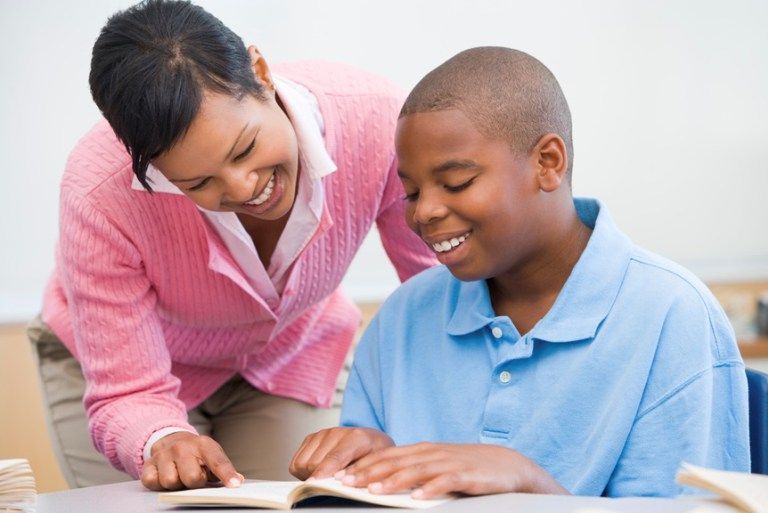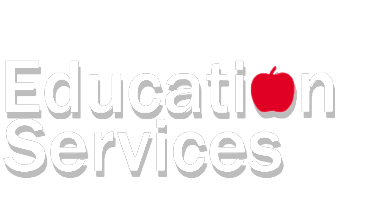WHAT IS MULTI-SENSORY LEARNING?
If you reflect back on your classroom experiences as a college student, you can probably recall multiple lectures that seemed to go on for hours. How much of that material do you remember today? Odds are not very much. Now think all the way back to elementary school. You probably remember different classroom materials that helped you learn how to read, write, and do math. Do you still remember how to do those things? More than likely since you are reading this!
Benjamin Franklin once said, “Tell me and I forget. Teach me and I remember. Involve me and I learn.” Whether Franklin realized it or not, he described what is referred to as multi-sensory learning. Multi-Sensory learning is just that – learning while using multiple senses.
Most learning is just visual (sight) and auditory (hearing). We read what is in our textbooks and we listen to our teachers. For some people, that is enough because that is how they learn best – by seeing and hearing. But for some, visual and auditory learning is not enough.
In order to fully understand something, people must experience it. Some learners need the experience more than others because that is how their brain functions. There are enormous benefits to learning that is kinesthetic or tactile (touch). By incorporating multiple senses, students are able to learn the material in more than one way. There is a better chance that the students will not only understand the material, but retain it for the future. This is an example of multi-sensory learning.
Here is a wonderful visual explanation of multi-sensory learning, retrieved from Kathy Magrino and created by Edgar Dale:
Let’s try a case study. Austin is a second-grade student who is struggling with subtraction. He has seen his teacher demonstrate problems on the board (visual) and he has heard the explanation of how to perform the operation (auditory). Austin understands how to do subtraction when his teacher is helping him. But when Austin is working independently, he frequently forgets how to do it. What else can his teacher do to help him?
Austin may simply need a different type of instruction. He may not be the best audio/visual learner. By using a multi-sensory approach, his teacher can draw upon Austin’s other senses to help him remember how to subtract.
Austin’s teacher could use a kinesthetic approach and use TouchMath techniques to demonstrate how “12 – 8 = 4.” (TouchMath incorporates touch points on each number so students count and trace numbers while learning them.) Austin’s teacher could also use manipulatives. Anything from pencils to pieces of fruit would work. He could even use Austin and his classmates, “removing” eight of them by having them leave the group. These are all examples of multi-sensory learning.
Multi-Sensory learning has been proven especially effective in students with learning differences. First developed in the 1930’s, the Orton-Gillingham approach to learning was developed specifically to help children with learning disabilities excel in reading, writing, and spelling. Over the years, educators have recognized that the same multi-sensory approach is just as effective with individuals who do not have learning differences. In fact, North Coast Education Services’ Richards Learning Systems® program was based on Orton-Gillingham and our Real Life Ma+h program incorporates some concepts from TouchMath.
So, how can you incorporate more multi-sensory learning in your classroom? On the surface, it probably sounds like a lot of work – more planning, more lessons, more assessments. But truthfully, making your classroom multi-sensory is easier than you think.
In the second part of this series, we will explore ways to bring multi-sensory learning into your classroom and incorporate it into your teaching technique.
Can you think of any ways you incorporate multi-sensory learning in your classroom now? Share them in our comments!
READ THE SECOND PART OF OUR SERIES: HOW TO MAKE IT MULTI-SENSORY
READ THE THIRD PART OF OUR SERIES: A MULTI-SENSORY LESSON WITH ALL FIVE SENSES
CALL FOR MORE INFORMATION — (440) 914-0200!
“Orton-Gillingham.” Institute for Multi-Sensory Education. Institute for Multi-sensory Education, n.d. Web. 21 Jan. 2015. <http://www.orton-gillingham.com/about-us/orton-gillingham/>.
Photo Copyright [toddler language.jpg]. Retrieved May 4, 2015 from http://www.montessoriforeveryone.com.
Photo Copyright: [rjconeoflearning.jpg]. Retrieved May 4, 2015 from
http://thewriteway.com/2010/10/learn-more-about-how-we-learn/









